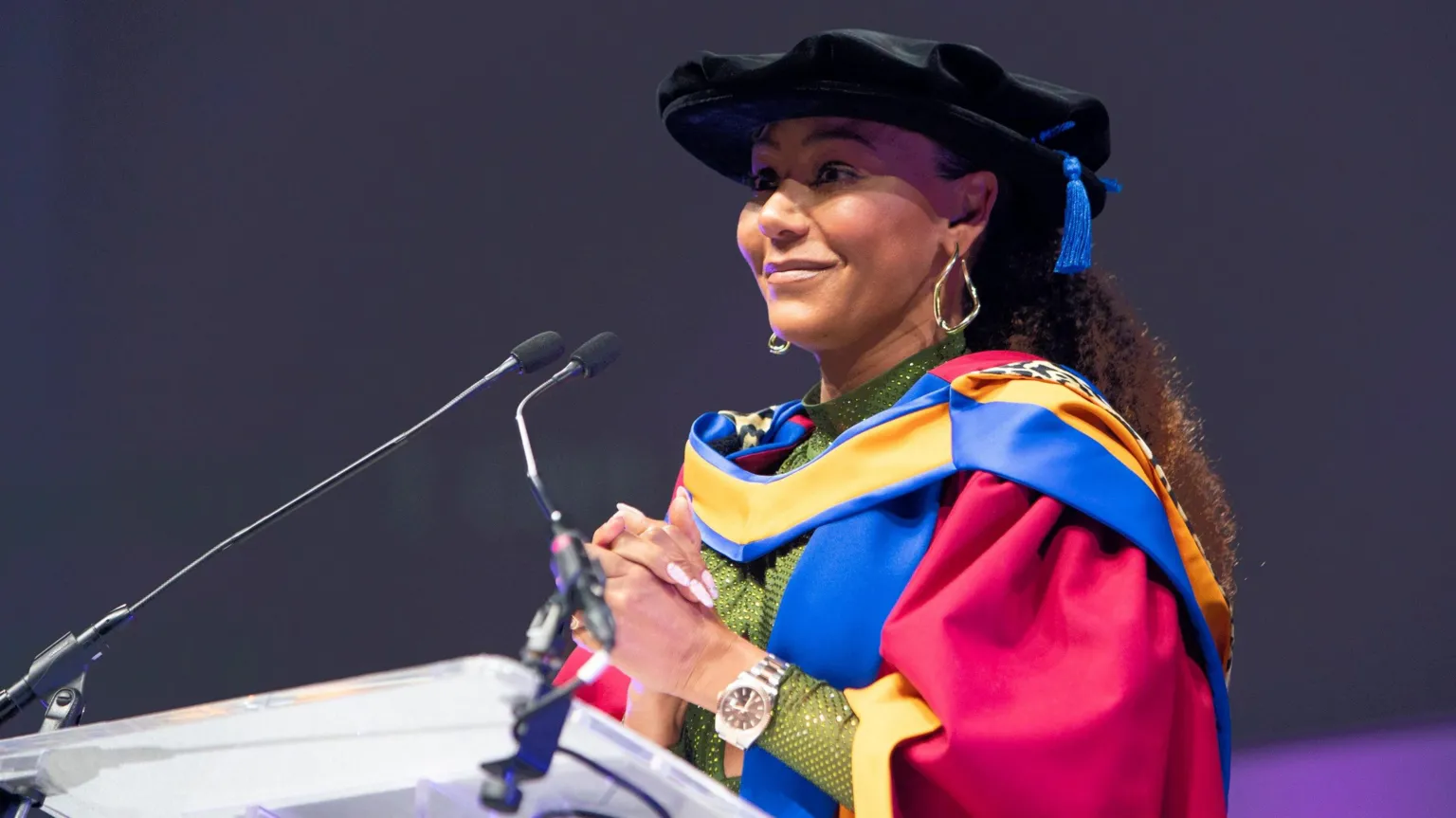Embracing Authentic Beauty: Defying Societal Expectations

In a society obsessed with youth and beauty, the video “This is How I Look” challenges conventional notions, sparking introspection. The article delves into the conflicted relationship women have with their appearance, shaped by historical objectification.
The author explores the impact of the male gaze on defining a woman’s desirability, transcending class boundaries. Even accomplished figures like Hillary Clinton face scrutiny for adhering to beauty standards. Celebrities, too, endure relentless commentary, as seen in the case of Ameesha Patel.
The article questions the pressure on women to conform to heteronormative beauty ideals, leading to the rise in cosmetic surgeries. Paradoxically, even when opting for fillers or Botox, women face criticism, perpetuating a vicious cycle of societal expectations.
Highlighting the oppressive standards imposed on women from a young age, the author contends that self-care isn’t universally accessible. The beauty standards perpetuate economic, racial, and caste inequalities, reinforcing an elitist perspective that discredits those unable to invest in attractiveness.
The piece challenges the fallacy of dictating how one should look in their 30s, 40s, or 50s, emphasizing individual choices. The author interviews friends, revealing diverse aspirations ranging from financial independence to physical fitness.
The article concludes with a powerful message of self-acceptance, urging readers to drown out judgments and embrace personal beauty. It underscores the futility of trying to meet societal standards, encouraging individuals to be enough for themselves.
In a society obsessed with youth and beauty, the video “This is How I Look” challenges conventional notions, sparking introspection. The article delves into the conflicted relationship women have with their appearance, shaped by historical objectification.
The author explores the impact of the male gaze on defining a woman’s desirability, transcending class boundaries. Even accomplished figures like Hillary Clinton face scrutiny for adhering to beauty standards. Celebrities, too, endure relentless commentary, as seen in the case of Ameesha Patel.
The article questions the pressure on women to conform to heteronormative beauty ideals, leading to the rise in cosmetic surgeries. Paradoxically, even when opting for fillers or Botox, women face criticism, perpetuating a vicious cycle of societal expectations.
Highlighting the oppressive standards imposed on women from a young age, the author contends that self-care isn’t universally accessible. The beauty standards perpetuate economic, racial, and caste inequalities, reinforcing an elitist perspective that discredits those unable to invest in attractiveness.
The piece challenges the fallacy of dictating how one should look in their 30s, 40s, or 50s, emphasizing individual choices. The author interviews friends, revealing diverse aspirations ranging from financial independence to physical fitness.
The article concludes with a powerful message of self-acceptance, urging readers to drown out judgments and embrace personal beauty. It underscores the futility of trying to meet societal standards, encouraging individuals to be enough for themselves.
Re-reported from the article originally published in The shethepeople








